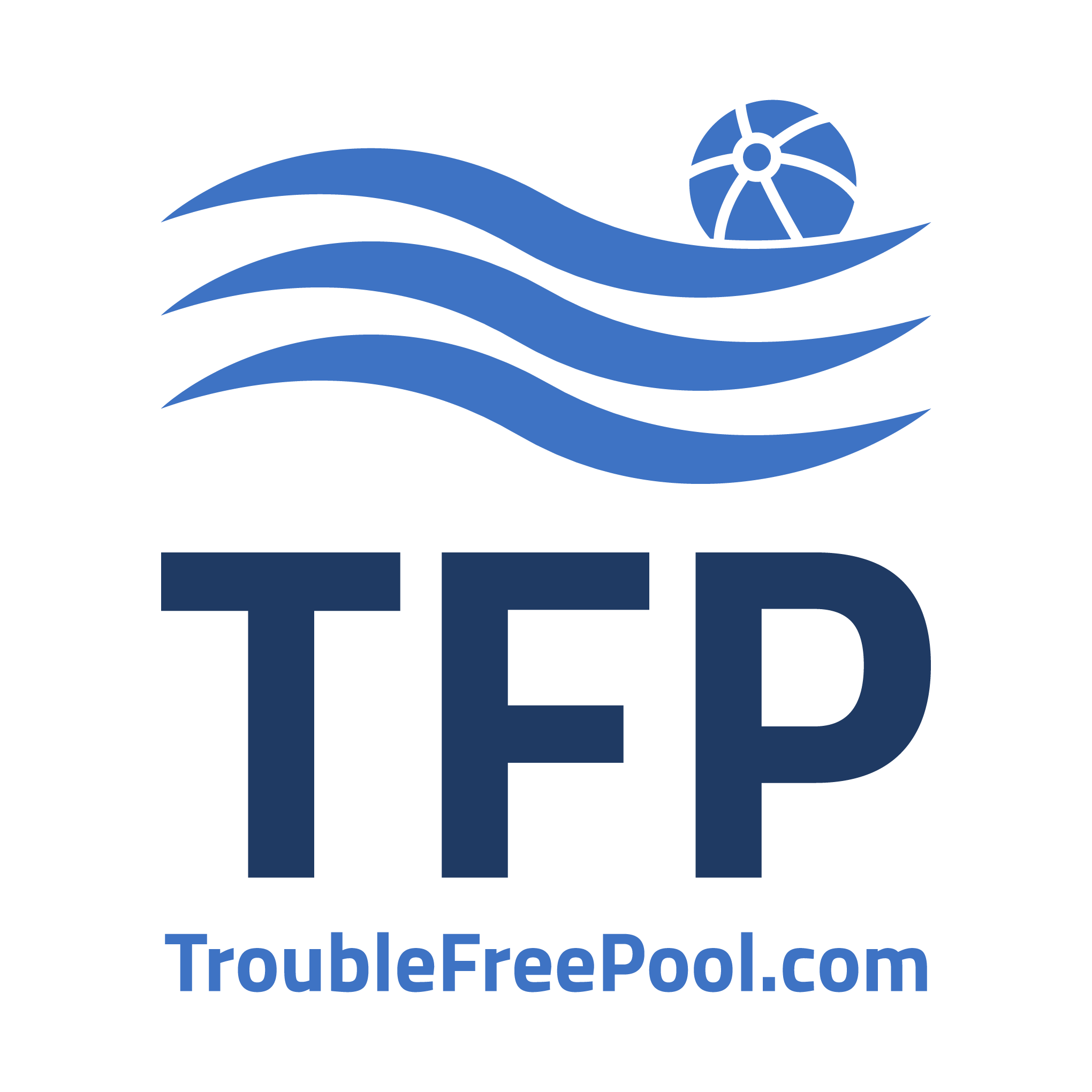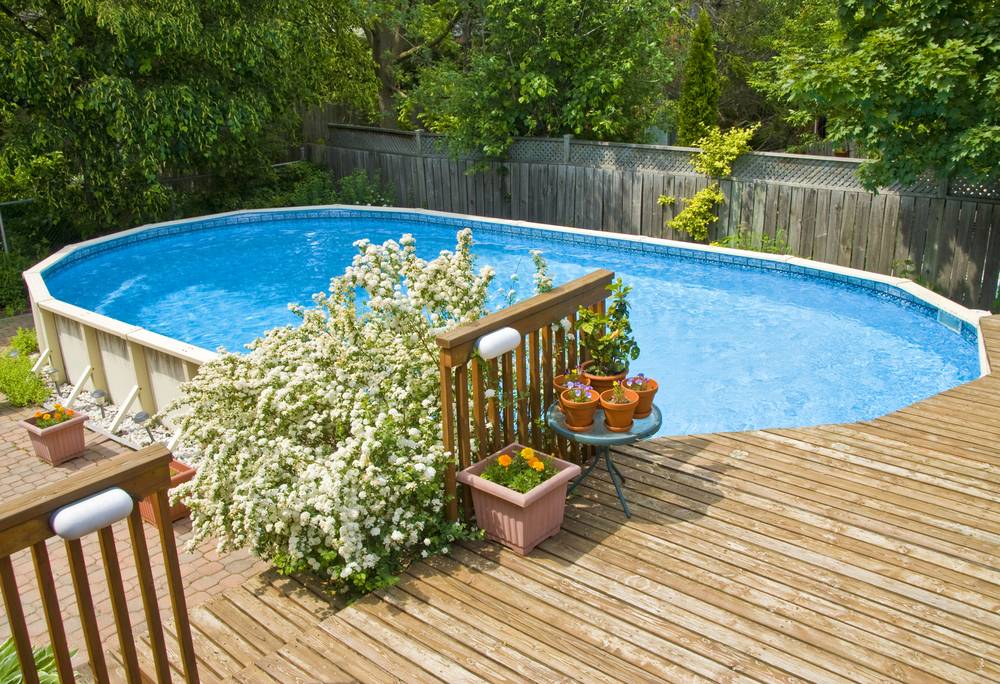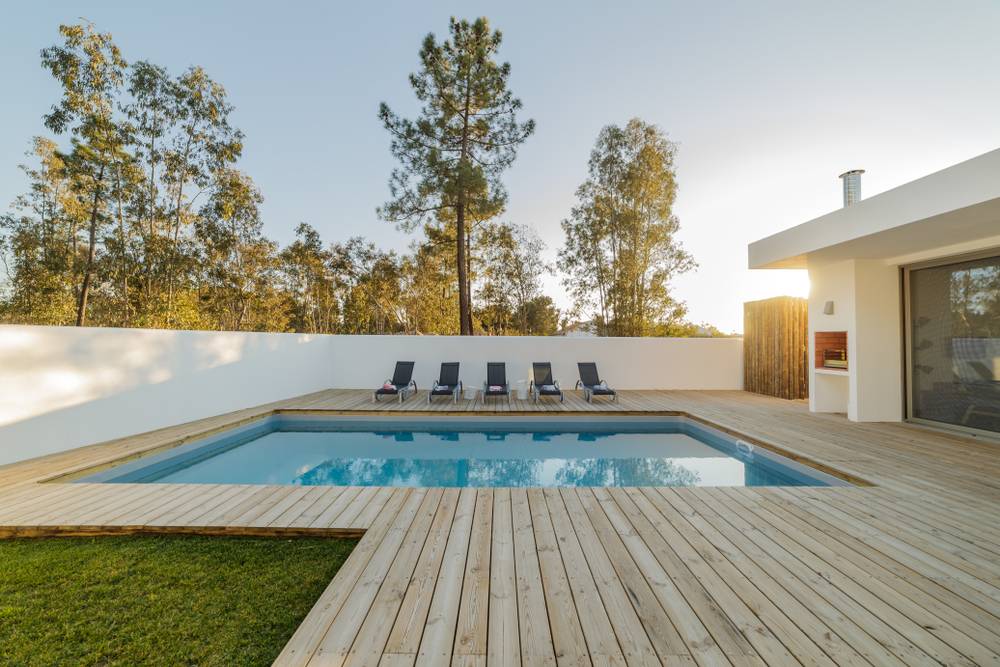Yes for the most part. I use a chlorinator for 3” tabs and keep it between 2-4. When shocking I bring it up to around 10...but not on Saturday since we want to swim in it lol. I use aquacheck 7 strips and don’t really take sample to store anymore since they read the same as the strips 90% of the time.
Well, now is the time to make a decision, keep following what you have been doing follow our methods.
First, I will tell you, it didn't get algae overnight and it will take time to clear. But, we can teach you how to get it sparkling and keep it that way for a lot less money than the pool store.
Not much credence is given to pool store testing around here. While you would think that a "professional" would be the best, unfortunately in most cases it is quite the opposite. Between employees who blindly trust the word of chemical sales representatives and high school kids working in the pool store for the summer you end up with poor results from their testing. Plus, the results of their "testing" is used to convince you that you need to buy things. Why do you think that testing is free?
But, what can you do?? We base our pool care system on accurate testing and only adding what the pool needs, when it needs it. To do that you need your own accurate test kit. Order a
TF-100 Test Kit ™ and at least include the
XL Option . That will give you what you need while you are clearing the pool, and probably enough reagents for a couple of years normal use. Please don't go back to the pool store for a test kit. To effectively practice the TFPC methods, the FAS/DPD chlorine test is essential. The
TF-100 Test Kit ™ has this test while very few other kits do. The kits sold at the pool store generally won't won't cut it, but be careful pool store employees are known to say “it's the same thing”. Generally it's not!
The test strips you have are what we call guess strips. You can't trust teh results they give. Please don't go to a pool store for a test kit. To effectively practice the TFPC methods, the FAS/DPD chlorine test is essential. The
TF-100 Test Kit ™ and the K-2006 have this test while very few other kits do. The kits sold at the pool store generally won't won't cut it, but be careful pool store employees are known to say “it's the same thing”. Generally it's not!
I'll teach you a secret. That shock and those tabs are about 50% stabilizer. Your pool is over stabilized (too much CYA/stabilizer). Everyone tells you that they are the easiest way to get chlorine in your pool. They are. But, they don't tell you (or really don't understand) that the 3" tabs also add CYA (also known as stabilizer or conditioner) to your pool. All pools need stabilizer, but not too much. Others here can give you the scientific details if you want, but lets just say CYA locks the ability of chlorine to sanitize. The more CYA you have the more chlorine you need to keep in the pool to keep algae at bay.
Until you get your kit, each day I want you to put one bottle of bleach (yes, the same stuff you use for laundry) in the pool with the filter running. Be careful, it needs to be plain bleach, no scents, no EZ-Pour and none of the new Cloramax or laundry enhancing formulas.
While you wait for it to get delivered, you have a homework reading assignment. Start with these:
There are several items things every pool owner should know about swimming pool water. We share details on the basics of Pool Water Chemistry.

www.troublefreepool.com
Which should I buy? TFP's recommended pool chemicals are cheap, easy, and won't unbalance your pool water.

www.troublefreepool.com
Before chlorinating your pool, you should know these simple tips. Learn the best way to add chlorine to your pool.

www.troublefreepool.com
So again, welcome to TFP!!





